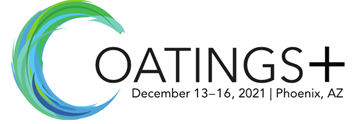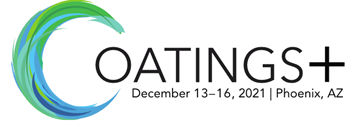Global Environmental Regulations have driven many coatings developments over the last decades. Today´s regulations around worker safety and environment protection are seen as important drivers in new product development. More recently such regulations are spreading widely, as people want to live on a planet where everyone can enjoy a better quality of life, breathe clean air, where rivers and oceans are preserved, and the impact of humans on wildlife is reduced.
Product Number:
41215-927-SG
Author:
Marcelo Rufo
Publication Date:
2015
$0.00
$20.00
$20.00
Global Environmental Regulations have driven many coatings developments over the last decades. Today´s regulations around worker safety and environment protection are seen as important drivers in new product development. More recently such regulations are spreading widely, as people want to live on a planet where everyone can enjoy a better quality of life, breathe clean air, where rivers and oceans are preserved, and the impact of humans on wildlife is reduced. There is increasing pressure from society on all industrial activities to reduce and or eliminate the use of raw materials that could have a negative impact on the environment or on the health of people consuming or handling products that use such raw materials. This paper will review how global environmental regulations and initiatives, such as LEED, are impacting the development of new technologies in the industrial coatings market, and more specifically, the industrial epoxy market. An overview of technology developments driven by environmental regulations in many countries will be reviewed, starting from the need to develop low VOC systems. These regulations include potential restrictions on the use of raw materials including, Phenol, Bisphenol-A, and Nonylphenol and also the need for emission-free technologies. It is important to keep in mind that industrial epoxy coatings are typically used to protect many different substrates, including steel, concrete and aluminum, just to name few. The desired changes driven by global environmental and worker safety regulations cannot impact the level of protection offered by existing technologies and some specific markets require increased performance while complying with the newest environmental regulations. Finally, new developments in epoxy curing agent technologies that allow formulators to develop new coatings that meet the need to be compliant with the challenging environmental regulations and, in some cases, with improved performance will be described.




